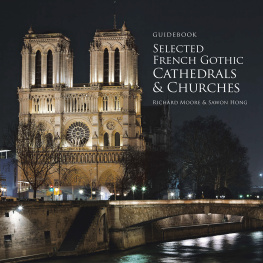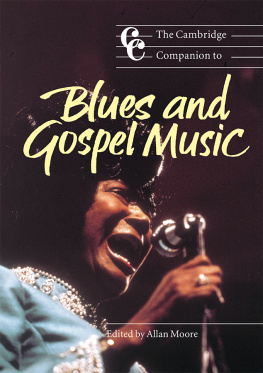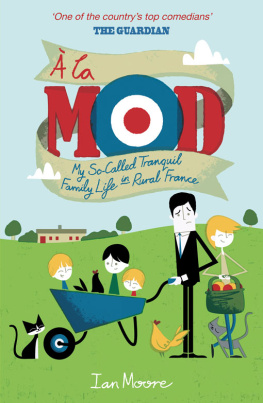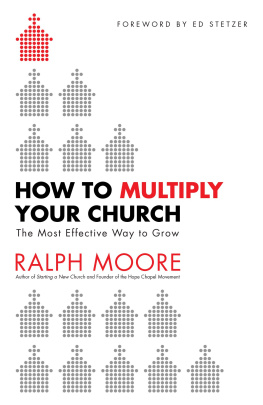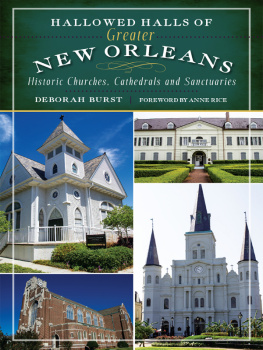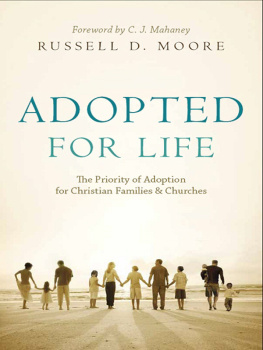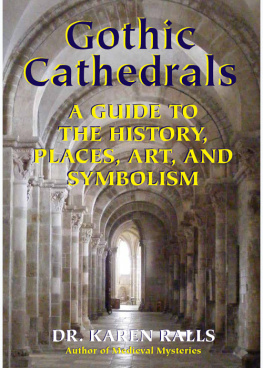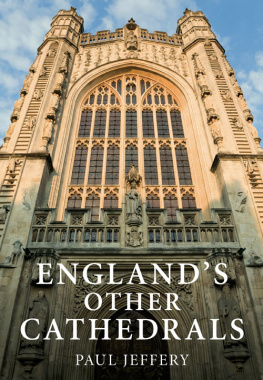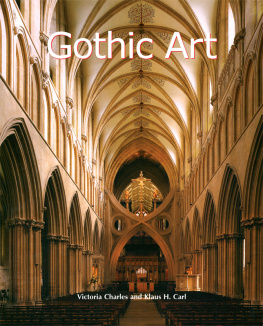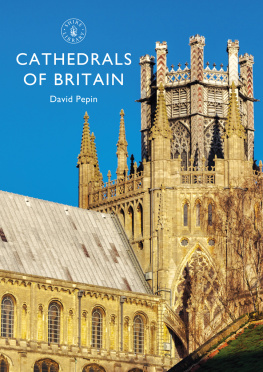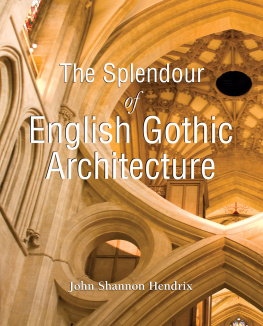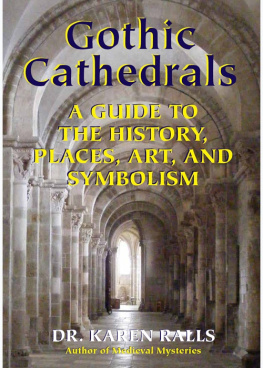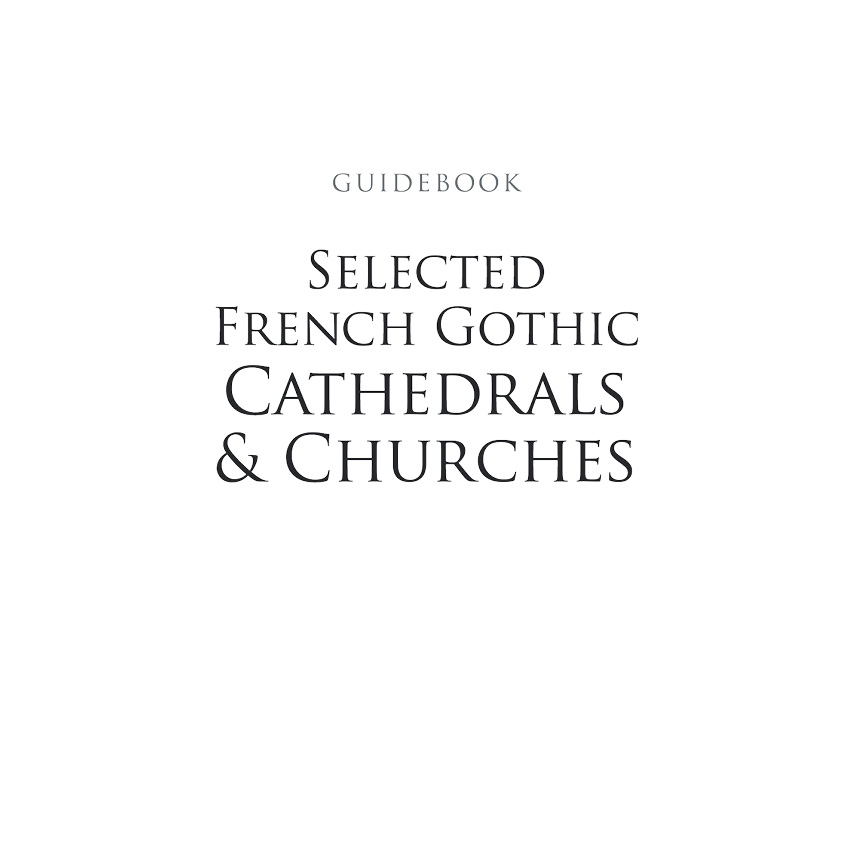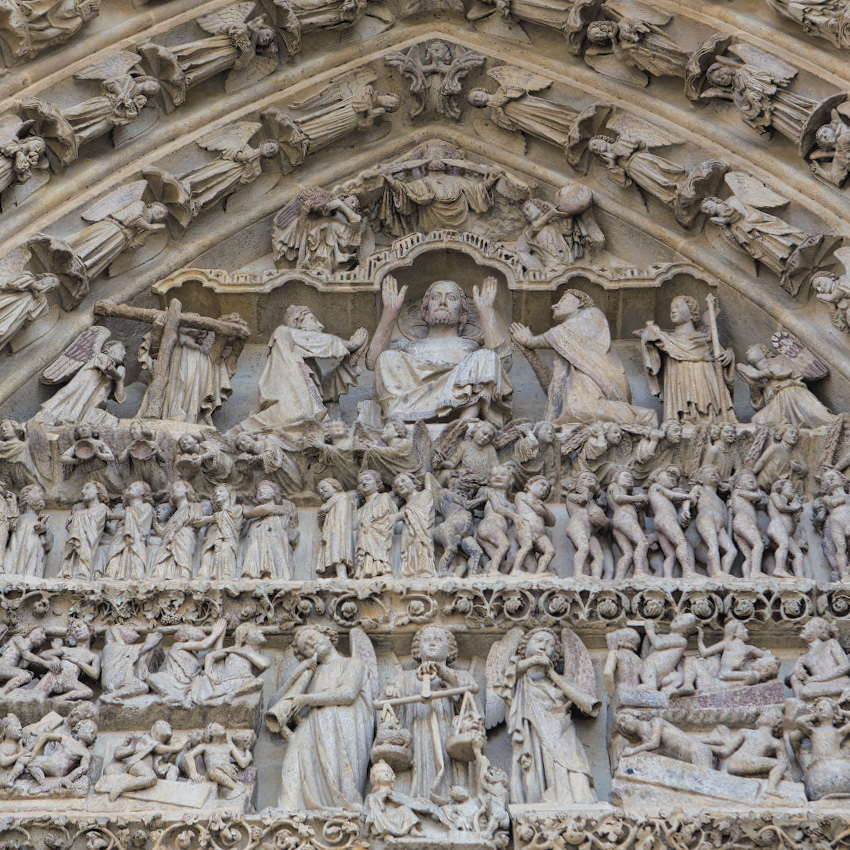Contents
AuthorHouse
1663 Liberty Drive
Bloomington, IN 47403
www.authorhouse.com
Phone: 1 (800) 839-8640
2016 Richard Moore; Sawon Hong. All rights reserved.
No part of this book may be reproduced, stored in a retrieval system,
or transmitted by any means without the written permission of the author.
Published by AuthorHouse 10/10/2016
ISBN: 978-1-5246-4431-4 (sc)
ISBN: 978-1-5246-4432-1 (e)
Library of Congress Control Number: 2016916839
Print information available on the last page.
Any people depicted in stock imagery provided by Thinkstock are models,
and such images are being used for illustrative purposes only.
Certain stock imagery Thinkstock.
This book is printed on acid-free paper.
Because of the dynamic nature of the Internet, any web addresses or links contained in this book may have changed since publication and may no longer be valid. The views expressed in this work are solely those of the author and do not necessarily reflect the views of the publisher, and the publisher hereby disclaims any responsibility for them.
guideb o ok
Selected
Fre n ch Gothic
Cathedrals
& Churches
Richard Moore & Sawon Hong
table of contents
On the cover: Notre Dame Paris at night
This page: Weeping angel tomb sculpture, Amiens Cathedral
Last Judgment tympanum, Amiens
part one
Introduction
& Background
Intr odu ction
Purpose and Organization of Guide
PURPOSE
During our visits to various Gothic cathedrals and churches over the years no guide has provided enough information in a non-technical style. Nearly all guides seem fall into three categories: a) a brief glossy brochure consisting mainly of pictures of a cathedrals interior, and maybe the sculpture on the front; b) a Xeroxed one- or two-pager with a few facts; or c) a very thorough, and relatively technical treatment of a given set of cathedrals. What is needed is more background plus the highlights of each church, and less technical detail. The present guide hopes to fill that gap for 14 selected Gothic cathedrals and churches for visitors who want something informative but reasonably short and non-technical.
ORGANIZATION
Before getting into detail about each cathedral or church, this guide opens with a background section for those who wonder about questions such as: Who built these? Why? How? Who paid? The answers to these questions are focused primarily on medieval contextthe historical, economic, political, religious, or social natureof the Gothics. Although this information is needed for understanding them, this material can be skipped by those already knowledgeable, or simply uninterested. Also included is a glossary of architectural terms peculiar to Gothic religious buildings to help readers understand the complexity of these buildings.
selected french gothic cathedrals & churches
Cathedral and Church Selection Criteria
When it came to selecting which cathedrals to include for this guidebook, we selected France because it has the greatest number of Gothic churches of any country. The 14 cathedrals and churches included are located in different parts of France. They are: Notre-Dame Paris; Chartres Cathedral; Basilica of St. Denis; Amiens Cathedral; Rouen Cathedral; St. Maclou Church; St. Ouen Church; Reims Cathedral; Laon Cathedral; Bourges Cathedral; Troyes Cathedral; St. Madeleine Church; St. Urban Church; and Albi Cathedral.
Many of these churches are world famous, and each one has something special about it. For example, Notre Dame Paris is easily the most well-known and most-visited Gothic cathedral in the world; Chartres is famed for its windows, and is said to be the best preserved cathedral in France; St. Denis was the original Gothic model and the burial place of royalty; Reims was where French kings were crowned; and Amiens has the highest ceilings of all cathedrals. As a perfectly completed cathedral, Bourges stands out. Laon Cathedral and the churches in Troyes are remarkable in their own unique ways, and are the gems in these marvelous old towns. Albi is the odd-cathedral-out: it is like no other. And so forth. The particular qualities of each of the 14 cathedrals and churches are presented below according to the region where they are located.
Some are labeled cathedrals, some churches, and twoSt. Denis and St. Urbanare basilicas. The only important difference between a church, a basilica, and a cathedral is that the latter is the seat of a bishop. The text uses the terms church and cathedral interchangeably, or simply uses the term church as an aggregate descriptor. See the Glossary for further explanation of these and other terms.
Personal Stories
Years ago, it was around Christmas 1972, one of the authors visited Paris for the first time. Up to that time he had never paid much attention to architecture. He was staying on the Left Bank, only a few blocks from Notre Dame. Its soaring, spiky drama dominated the skyline. He had seen photos of it before but, as is so often the case, the reality of iconic works of architecture is far different and far better. It was mid-morning before he decided to venture inside, just as the sun climbed high enough to cast its wan, yellow light over the town. Standing up close, he was stunned by its sheer mass, by the complex mix of architecture and decoration. Inside, it was silent, dark, hardly any people. The ceiling soared into the shadowed vaults far overhead; a somber mood descended. He walked down the nave towards the choir and sat on a bench. A few minutes later organ music filled the vast inner space. Then rays of winter morning light began to stream through the windows, lighting up only selected spaces, bringing them out of the shadows like spotlights in a drama. He was entranced by the
introduction 7

